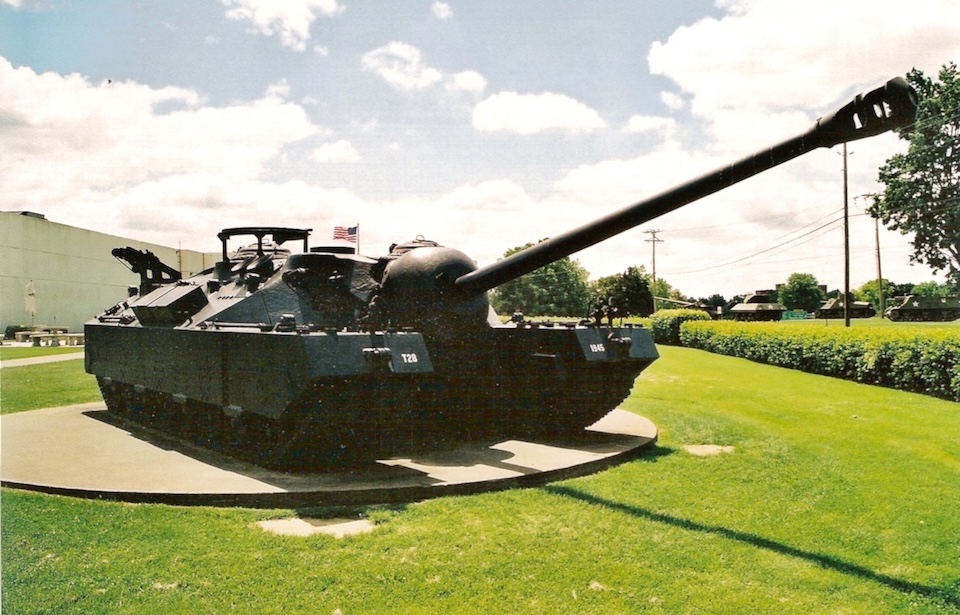The United States wanted to match the German Army’s powerful tanks
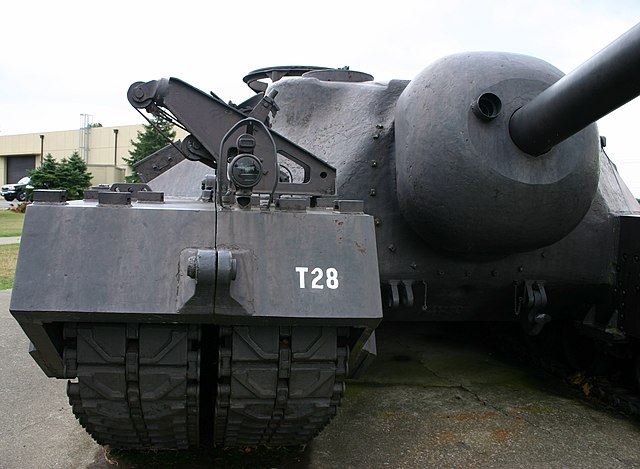
After winning World War II, the United States and its Allies reflected on key lessons about modern warfare and how to stay ahead in future conflicts. One of the biggest challenges during the war was dealing with Germany’s advanced tank tactics, especially along the heavily fortified Siegfried Line, which proved difficult to breach.
To overcome this, the U.S. military started work in 1943 on a new kind of tank—the T28 Super Heavy Tank. It was built to be extremely tough, capable of pushing through enemy defenses while keeping the crew safe inside its heavily armored structure.
The United States begins work on developing prototypes
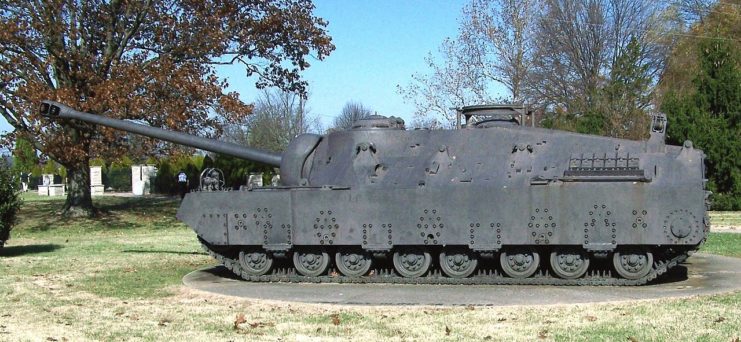
In March 1944, work began on building five T28 Super Heavy Tanks. Each was armed with a powerful 105mm T5E1 anti-tank gun as its main weapon and a .50-cal Browning heavy machine gun for additional defense. The tank featured exceptionally thick armor, with some sections up to 12 inches thick, making it highly resistant to enemy anti-tank weapons.
However, production faced significant challenges. The T28 was extremely heavy, weighing 95 short tons, which limited its top speed to just 8 miles per hour. Its massive weight also made it difficult to maneuver across different types of terrain.
The T28 Super Heavy Tank wasn’t really needed at all
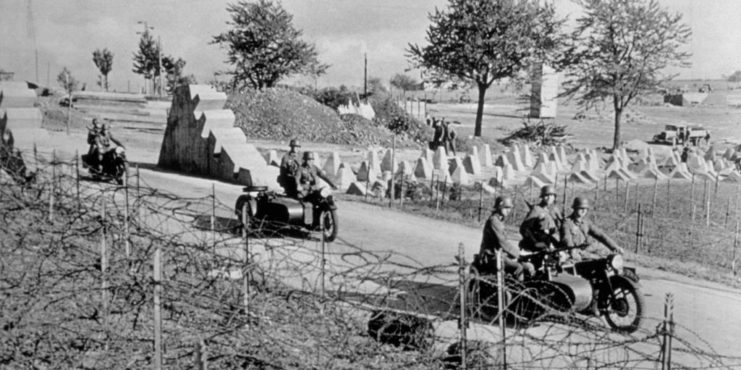
The T28 Super Heavy Tank was initially designed to break through Germany’s formidable Siegfried Line defenses. By the summer of 1944, however, Allied advances had already begun to undermine these fortifications, culminating in their collapse by early 1945. With its original objective no longer relevant, planners considered repurposing the T28 for a potential invasion of Japan. That prospect vanished when Japan surrendered unexpectedly after the atomic bombings. The program was promptly halted, resulting in the construction of only two prototypes—one of which sustained severe damage during testing at Yuma Proving Ground and was ultimately discarded.
The remaining T28 Super Heavy Tank was lost for decades
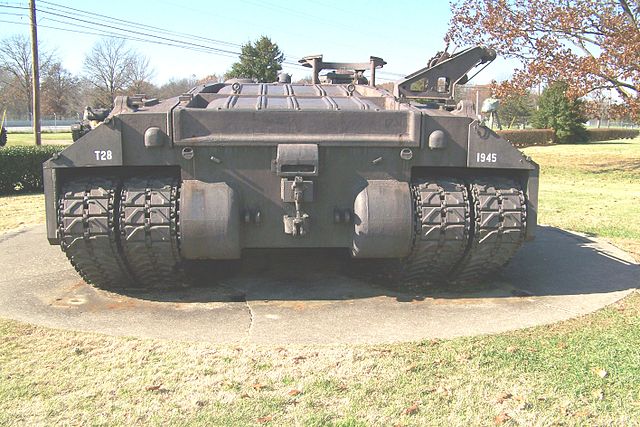
As World War II came to an end and military tactics evolved, the T28 Super Heavy Tank quickly became obsolete. Testing highlighted several problems that would have made it difficult to deploy effectively in combat. As a result, the U.S. military shifted its focus to tanks that were lighter, faster, and more versatile across different terrains.
The T28’s absence on the battlefield during the Korean and Vietnam Wars was noticeable. Its bulky, World War II-era design no longer aligned with the military’s changing requirements and was eventually phased out as strategy and technology advanced.
The T28 Super Heavy Tank was eventually found in the weeds
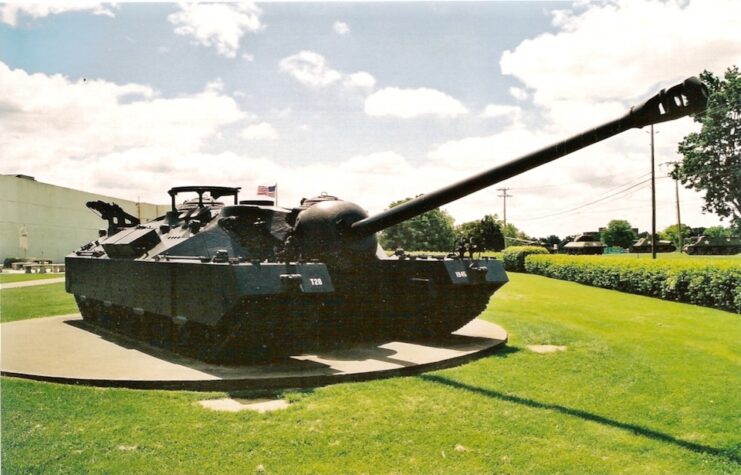
The military’s concentration on developing new tanks led to the misplacement of the remaining T28 Super Heavy Tank prototype. Remarkably, it wasn’t until 1974, a staggering 27 years after its disappearance, that it was stumbled upon in a field at Fort Belvoir, Virginia. Neglected and exposed to the elements for decades, weeds had begun to encroach upon its structure.
More from us: A British Challenger 1 Set the Record for the Longest Tank-on-Tank Kill in 1991
Following its rediscovery, the prototype received significantly better care and reverence. It was relocated to the General George Patton Museum at Fort Knox, Kentucky, where it resided for several years before finding a permanent home at Patton Park in Fort Moore (formerly Fort Benning), Georgia.
